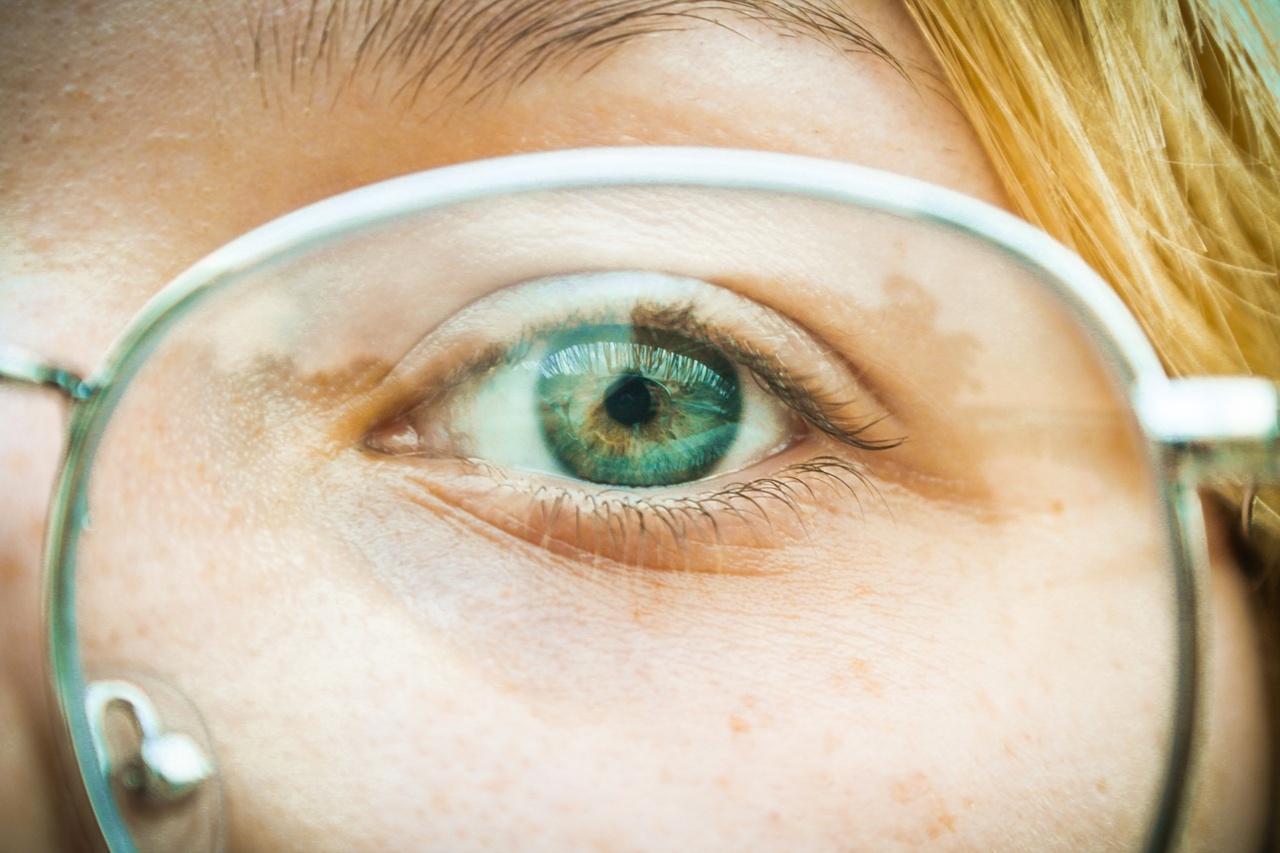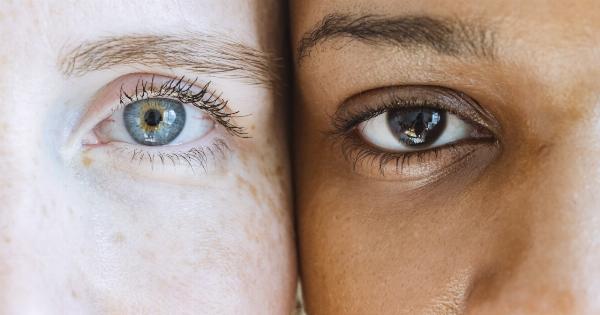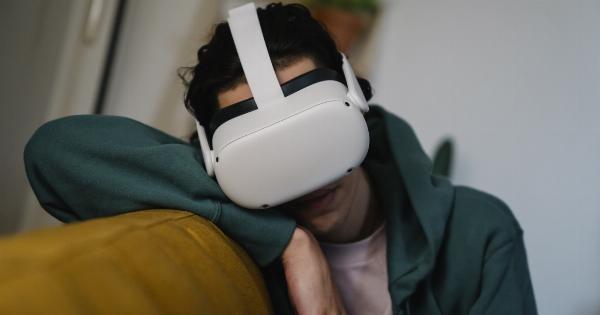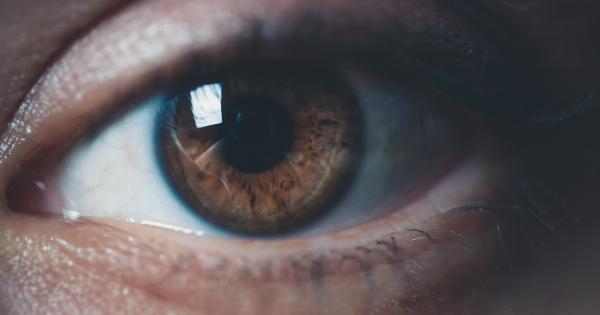Eyes are one of the most important organs of the human body. They are responsible for helping us see the world around us, which is essential for our daily lives.
Unfortunately, there are millions of people worldwide who suffer from eye diseases that make it difficult for them to see properly. These people often rely on glasses or medications to improve their vision.
Recently, a new type of glasses has emerged that uses light to help people see better.
These glasses are being hailed as a major breakthrough in the world of eye care, and they’re providing a lot of hope for people who have struggled with vision problems for years. In this article, we’ll take a closer look at these new glasses and how they’re changing the game for people with eye diseases.
What are light-giving glasses?
Light-giving glasses are glasses that use specialized lenses to direct light to the eyes in a way that improves vision.
Unlike regular glasses, which simply correct refractive errors in the eyes, these glasses actually work to enhance contrast and brightness, making it easier for people to see in low-light conditions.
These glasses are made by using a special coating on the lenses, along with reflective materials, to refract and direct light into the eyes.
As a result, people with eye diseases like age-related macular degeneration (AMD) and cataracts are able to see more clearly and with greater detail than they would with traditional glasses.
How do light-giving glasses work?
The lenses of light-giving glasses are coated with a special layer of material that works to enhance the contrast of light. This means that even in low-light conditions, the wearer can still see well and adapt to changing light conditions.
Additionally, the glasses use reflective materials to redirect light towards the eyes, increasing brightness and making it easier to see.
This combination of contrast enhancement and light reflection makes light-giving glasses an effective solution for people with eye diseases.
Who can benefit from light-giving glasses?
Light-giving glasses are beneficial for people of all ages who suffer from eye diseases that impact their vision. This includes people with age-related macular degeneration, cataracts, and other eye health conditions.
They can also be helpful for people who spend a lot of time working under low-light conditions, such as miners or night shift workers.
Furthermore, light-giving glasses can be used by people who want to improve their visual performance in sports or other activities where lighting conditions can vary.
Benefits of light-giving glasses
There are several benefits to using light-giving glasses.
Improved vision
One of the primary benefits of light-giving glasses is improved vision. By enhancing contrast and brightness, these glasses can help people see more clearly and with greater detail than they would otherwise be able to.
This can be a significant improvement, particularly for people with eye diseases that impact their vision.
Better adaptability to lighting conditions
Light-giving glasses are designed to work well in a variety of lighting conditions. This means that they can be helpful in situations where lighting is constantly changing, such as during outdoor activities or at sporting events.
Greater clarity and detail
Light-giving glasses can improve clarity and detail in a way that traditional glasses cannot. This is because they work to enhance not only the sharpness of an image, but also how well the image is defined.
Reduced eye strain
Light-giving glasses can help reduce eye strain and fatigue, particularly in low-light conditions.
This can be beneficial for people who spend extended periods of time working under low or dim lighting conditions, such as pilots, drivers or computer workers.
Drawbacks of light-giving glasses
While there are several benefits to using light-giving glasses, there are also some drawbacks that should be considered.
Expensive
Light-giving glasses are more expensive than traditional glasses, and they may not be covered by insurance. This can make them cost-prohibitive for some people.
May require some adjustment period
Some people may need time to adjust to the enhanced brightness and contrast provided by light-giving glasses. This adjustment period can be challenging, and it may take some time before the person is comfortable wearing the glasses.
They may not work for everyone
While light-giving glasses can be effective for many people, they may not work for everyone. This is particularly true for those with severe forms of eye diseases.
How to get light-giving glasses
If you’re interested in getting light-giving glasses, there are a few things you’ll need to do first.
Get a referral from your eye doctor
Before you can get light-giving glasses, you’ll need to see an eye doctor who can diagnose any underlying eye diseases or conditions that may be impacting your vision.
Once you have a diagnosis, your doctor can refer you to an ophthalmologist or optometrist who can help you select the right pair of light-giving glasses for your needs.
Determine whether insurance covers the cost
Light-giving glasses are more expensive than traditional glasses, and they may not be covered by insurance. If you have insurance, be sure to check with your provider to see whether you’re eligible for coverage.
Order your glasses
Once you’ve selected a pair of light-giving glasses, you’ll need to order them from a specialty provider.
Although they may not be available at your local optometrist, many manufacturers sell light-giving glasses online or through specialty providers.
The future of light-giving glasses
As technology continues to advance, it’s likely that we’ll see even more advancements in the field of eye care.
Light-giving glasses are just one example of an innovative solution that’s helping people improve their vision and quality of life.
As awareness grows about the benefits of these glasses, more people may seek them out as a viable solution for their vision problems.
Additionally, researchers are continuing to study the use of light in relation to eye diseases, so it’s possible that we’ll see even more breakthroughs in the coming years.
The bottom line
Light-giving glasses are a promising new development in the world of eye care, offering hope to millions of people worldwide who suffer from eye diseases and vision problems.
While they may not be the solution for everyone, they can be a powerful tool for those looking to improve their vision and quality of life. If you’re interested in exploring this option, talk to your eye doctor today to find out how light-giving glasses may be able to help you.

























